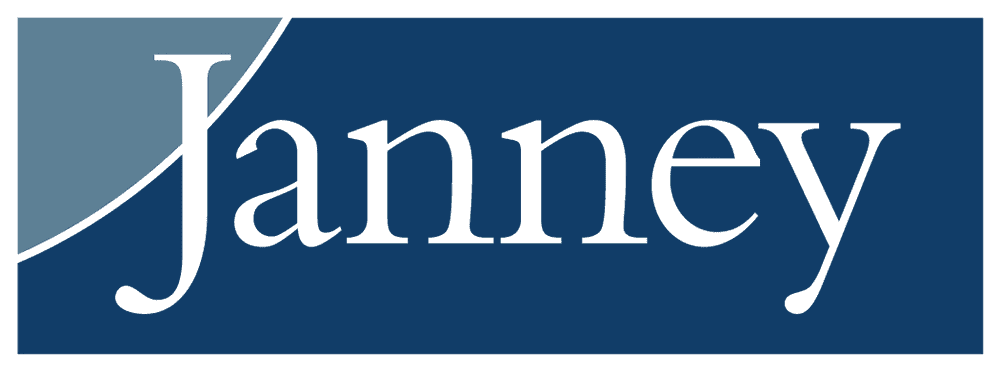
Preferred Equity: Large Bank Luxury No More
Brought to you by Janney

Preferred equity is no longer the purview of the big banks. Community banks should act while markets are open.
The pandemic has proven that community and midsized financial institutions can access critical long-term equity capital through preferred issuances at attractive pricing.
Rates on preferred equity in 2020 are about 20% cheaper – in certain cases, that discount is even greater. The Janney research team compared banks’ issuance of ordinary perpetual preferred equity in 2020 to issuances done between 2008 and 2011, during the financial crisis and Great Recession. Importantly, the Federal Reserve Board is employing the same zero interest rate policy now as it did 12 years earlier.
Still, we found that preferred equity costs are much improved. Issuing preferred equity is a far more effective source of permanent equity compared to issuing common stock at a discount to tangible book value, which can equate to an effective capital cost of 20% or more.
Spring Issuance Activity
We’ve seen 18 preferred equity issues completed after the Covid-19 pandemic began this spring, plus Citigroup’s preferred deal at 4.70% in January. Eight of these capital raises were done by banks with less than $20 billion in assets, including three that had about $5 billion in assets. Our analysis separated out the TARP and trust preferred issuances that cluttered capital structures in the past.
While large banks raised preferred funds in the spring, smaller banks’ ability to access this available capital at attractive rates has been quite impressive. The thirst for yield and heavy excess liquidity in the financial system has opened the eyes – and pocketbooks – of institutional treasurers. This includes other regulated financial institutions with excess cash to deploy.
The gates to a deep market for preferred equity have opened, giving community banks a superb opportunity that largely did not exist during the financial crisis and recession more than a decade ago.
Breaking Down the Opportunity
It is interesting to examine five of the banks that issued preferred equity in 2020 to similar raises that occurred 10 to 12 years earlier. The yields paid by the same institutions are significantly different – and better – in 2020.
Rosemont, Illinois-based Wintrust Financial Corp. is a superb example with a May 2020 preferred paying 6.875%, which handily beats the 8% it paid in August 2008, shortly after IndyMac Bank failed.
Green Bay, Wisconsin-based Associated Banc-Corp raised new preferred in June at 5.625%, down from 8% in fall 2011. Bank of America Corp., Wells Fargo & Co. and Citigroup achieved similar savings.
Two community bank preferreds were CNB Financial Corp. in Clearfield, Pennsylvania, and OceanFirst Financial Corp. in Red Bank, New Jersey; both offered close to a 7.0% yield.
Preferred Versus Subordinated Debt
Some banks have recently chosen subordinated debt instruments as an incremental capital source to fund expansion or save as safety capital for the uncertain periods ahead. While sub debt offers tax deductibility, we suggest more equity capital is preferred by regulators and examiners.
When we consider the permanent status of preferred equity and its presence as Tier 1 capital, taking advantage of lower yields today compared to prior operating cycles offers a compelling argument to act now.
The fact that smaller institutions can access this market should be a game changer for many companies. Low interest rates and heavy excess liquidity have created demand for competitive yields with moderate risk; corporate investors should find bank preferred equity to be an excellent alternative.
Bank executives and boards should actively consider this in their near- and intermediate-term capital planning.


